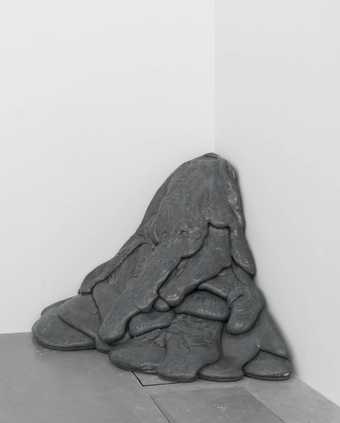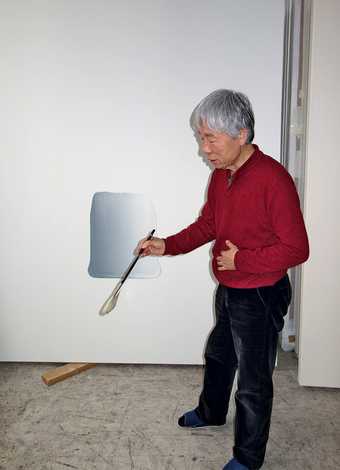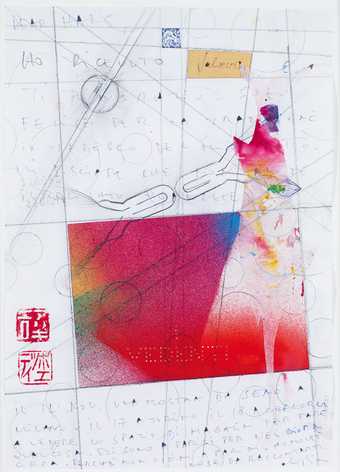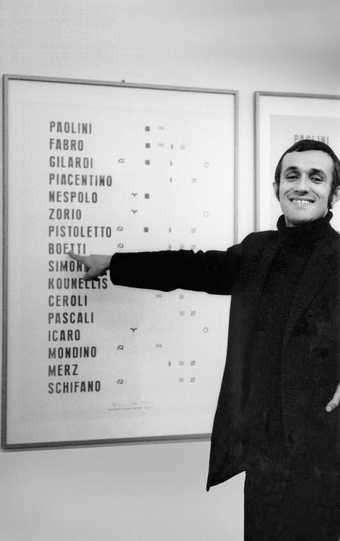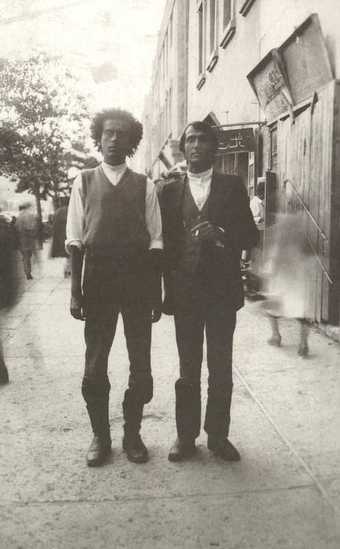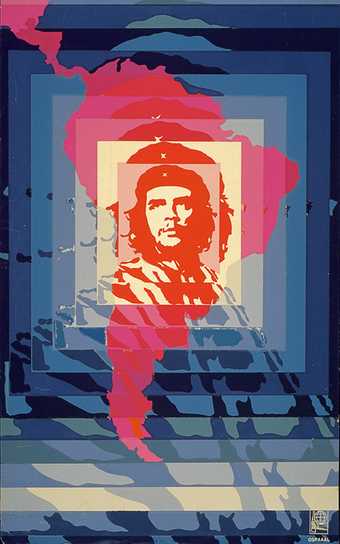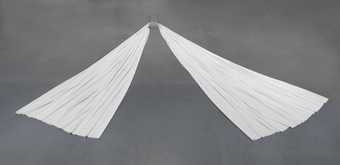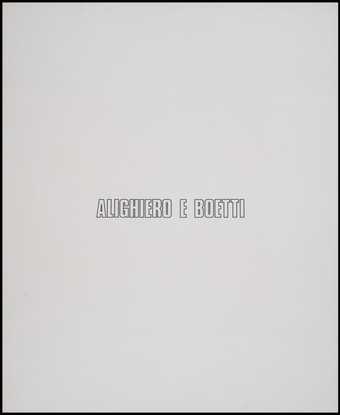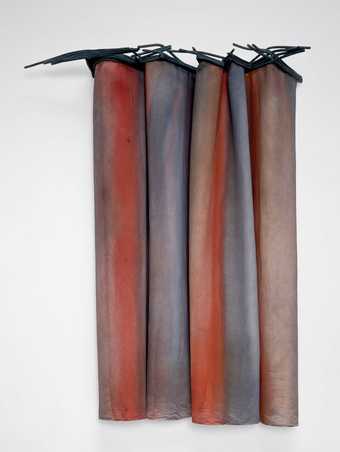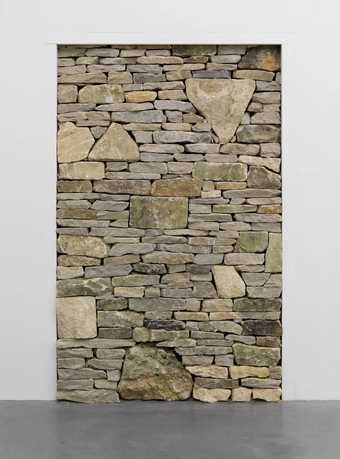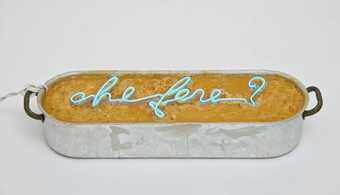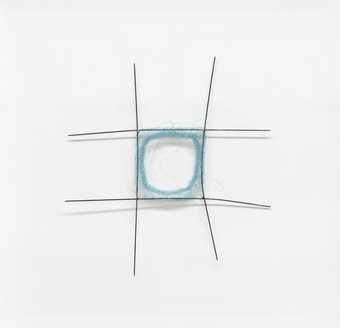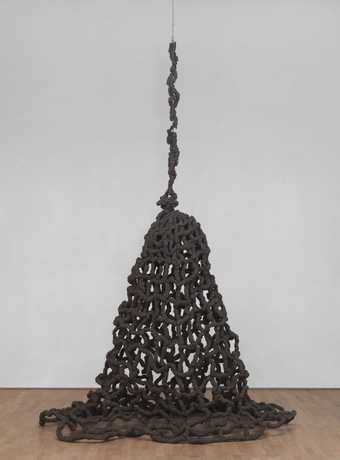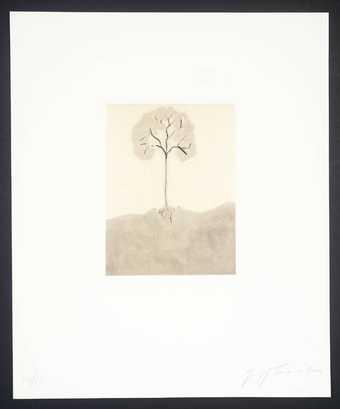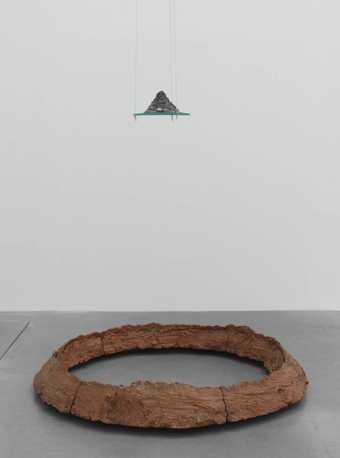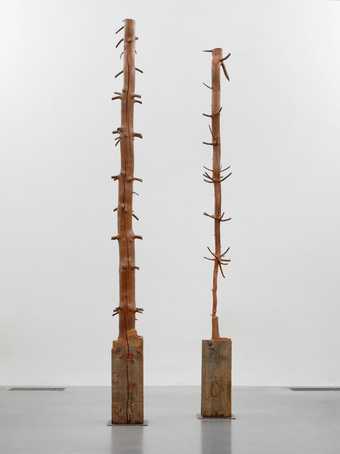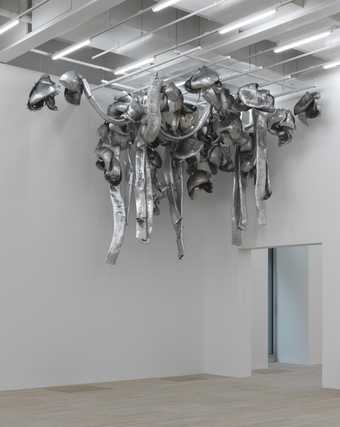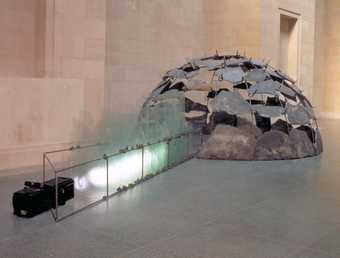Arte povera means literally ‘poor art’ but the word poor here refers to the movement’s signature exploration of a wide range of materials beyond the traditional ones of oil paint on canvas, bronze, or carved marble. Materials used by the artists included soil, rags and twigs. In using such throwaway materials they aimed to challenge and disrupt the values of the commercialised contemporary gallery system.
The term was introduced by the Italian art critic and curator, Germano Celant, in 1967. When referring to arte povera, Celant wasn’t really talking about a lack of money, but rather about making art without the restraints of traditional practices and materials. His pioneering texts and a series of key exhibitions provided a collective identity for a number of young Italian artists based in Turin, Milan, Genoa and Rome. Arte povera emerged from within a network of urban cultural activity in these cities as Italy was seized by economic instability.
Leading artists were Giovanni Anselmo, Alighiero Boetti, Pier Paolo Calzolari, Luciano Fabro, Piero Gilardi, Jannis Kounellis, Mario Merz, Marisa Merz, Giulio Paolini, Pino Pascali, Giuseppe Penone, Michelangelo Pistoletto, Emilio Prini and Gilberto Zorio. They worked in many different ways. They painted, sculpted, took photographs and made performances and installations, creating works of large physical presence as well as small-scale gestures.
Influence of arte povera
The heyday of the movement was from 1967–1972, but its influence on later art has been enduring. It can also be seen as the Italian contribution to conceptual art. In Japan, the mono-ha group looked into the essence of materials and stepped away from technological modernism. In the United States, the terms anti-form and post-minimalism were used to describe work that rejected the fixed industrial shapes and sleek forms of minimalist sculpture.

